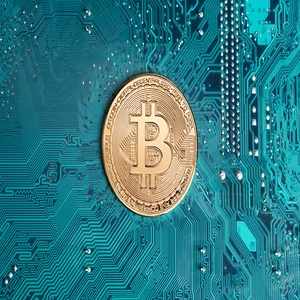What Are NFTs? Understanding Non-Fungible Tokens
Understanding Non-Fungible Tokens (NFTs)
Non-Fungible Tokens, or NFTs, are unique digital assets verified using blockchain technology. Unlike cryptocurrencies such as Bitcoin or Ethereum, which are fungible and can be exchanged on a one-to-one basis, NFTs are distinct and cannot be exchanged on a like-for-like basis. This uniqueness allows NFTs to represent ownership of specific digital or physical items, including art, music, videos, and even virtual real estate.
Key Characteristics of NFTs
Uniqueness: Each NFT has a unique identifier, ensuring its distinctiveness.
Indivisibility: NFTs cannot be divided into smaller units; they exist only as whole items.
Ownership Verification: The blockchain ledger records ownership, providing a transparent and tamper-proof history.
Transferability: NFTs can be bought, sold, or traded on various marketplaces, with transactions recorded on the blockchain.
How Do NFTs Work?
NFTs are typically built on smart contract-enabled blockchains, with Ethereum’s ERC-721 and ERC-1155 standards being the most prevalent. These standards define how NFTs are created, transferred, and interacted with, ensuring compatibility across different platforms and applications. When an NFT is created, or “minted,” it is assigned a unique identifier and linked to a specific asset, along with metadata detailing its properties. This information is then recorded on the blockchain, establishing a permanent and immutable record of ownership.
Common Uses of NFTs
Digital Art: Artists can tokenize their work, providing proof of ownership and authenticity to buyers.
Collectibles: Digital items like trading cards or virtual pets can be owned and traded as NFTs.
Gaming: In-game assets, such as skins or virtual land, can be represented as NFTs, allowing players to own and trade them outside the game’s ecosystem.
Virtual Real Estate: Platforms like Decentraland allow users to buy, sell, and develop virtual land parcels as NFTs.
Music and Media: Musicians and creators can release their work as NFTs, offering exclusive content to fans.
Benefits of NFTs
Ownership Rights: NFTs provide clear ownership rights, reducing the risk of fraud.
Royalties for Creators: Smart contracts can be programmed to pay creators a percentage every time the NFT is resold.
Market Accessibility: NFTs enable fractional ownership, allowing more people to invest in valuable assets.
Challenges and Considerations
Environmental Impact: The energy consumption of blockchain networks, especially those using proof-of-work consensus, raises environmental concerns.
Market Volatility: The value of NFTs can be highly volatile, with prices subject to rapid changes.
Legal and Copyright Issues: Owning an NFT doesn’t always grant intellectual property rights, leading to potential legal complexities.
Conclusion
NFTs represent a significant innovation in the digital landscape, offering new opportunities for ownership, monetization, and interaction with digital assets. However, potential buyers and creators should approach the NFT space with a clear understanding of its complexities and challenges.
Share This






